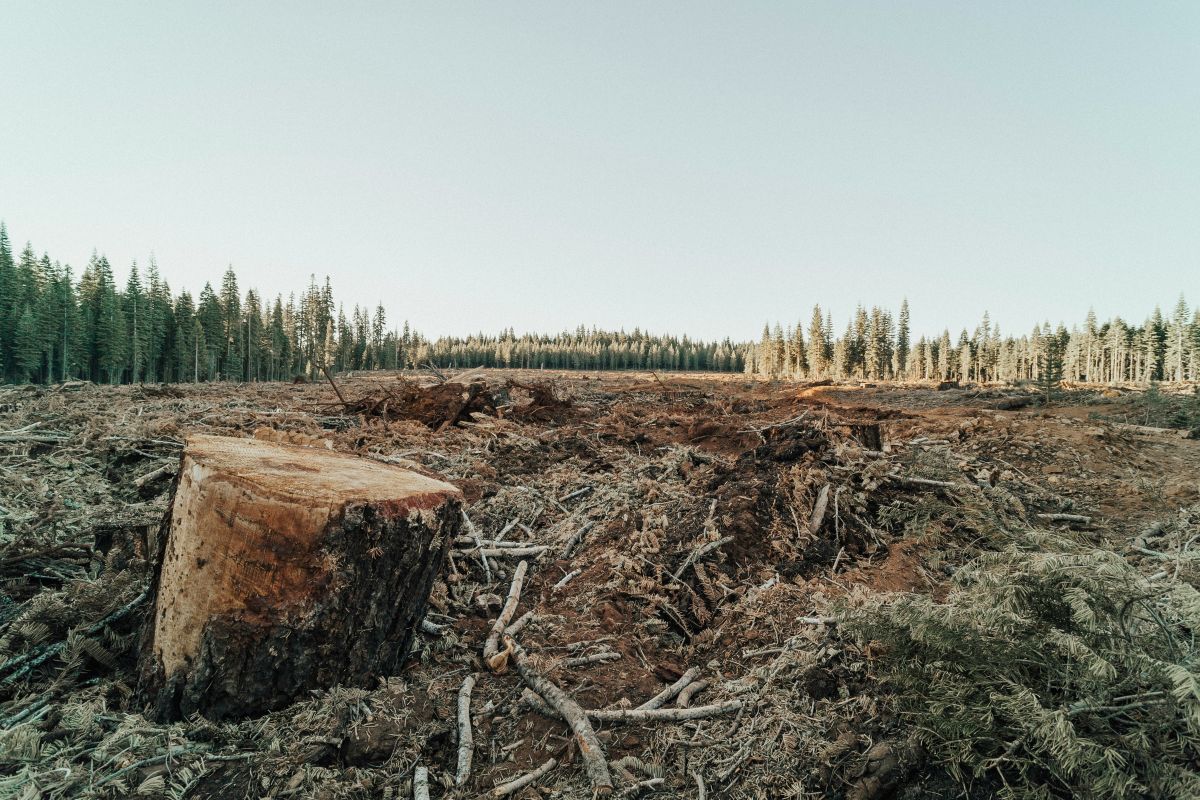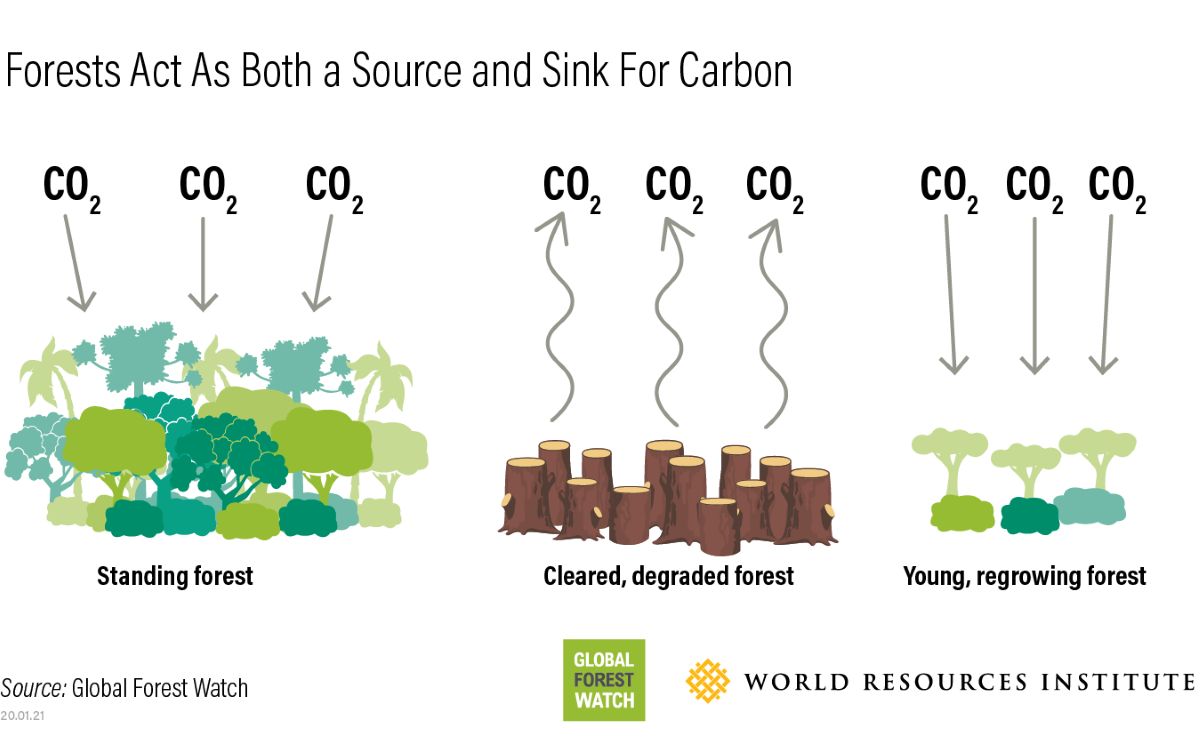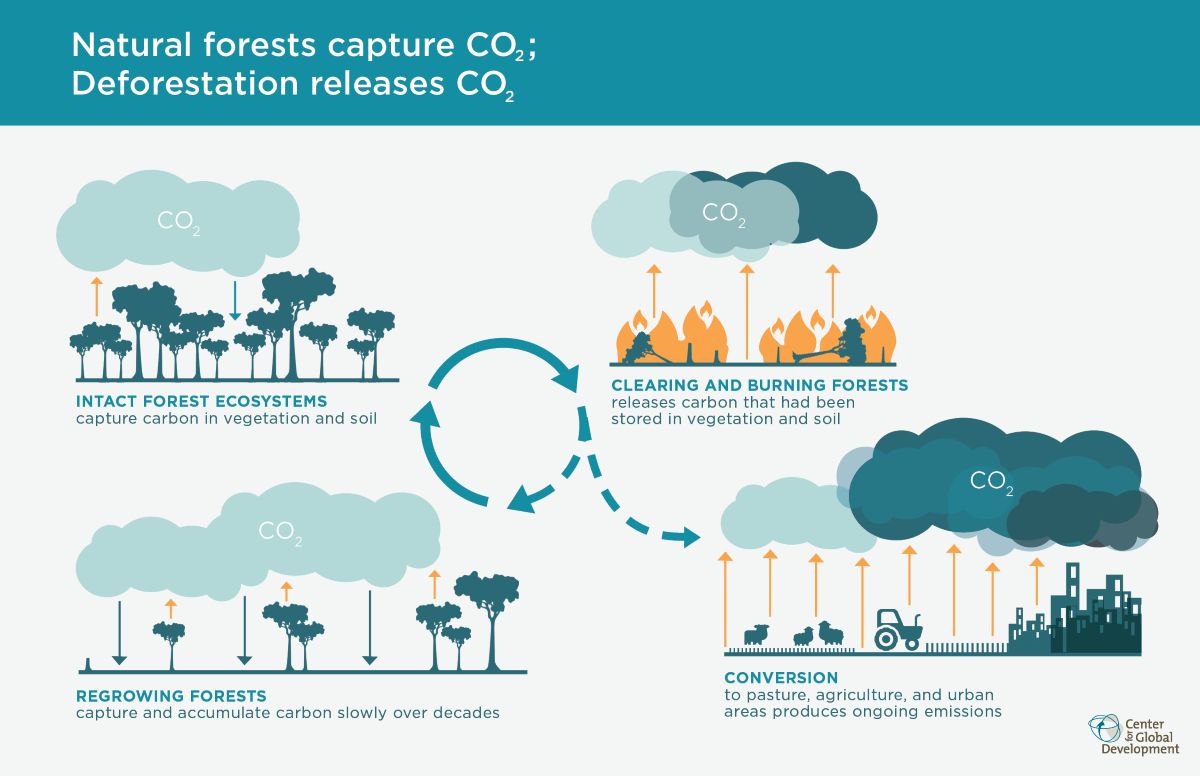
Watch short for this article (5 slides)
The Decline of Natural Carbon Absorption: Can We Restore Earth’s Balance?
As Earth's natural carbon sinks struggle to keep up with rising emissions, scientists and environmentalists alike are racing against time to find solutions. With deforestation, wildfires, and ocean acidification weakening their ability to capture CO₂, the pressing question remains: Can we restore these ecosystems before it's too late?

Photo by roya ann miller on Unsplash
Key Factors Driving the Decline in Carbon Sequestration
| Factor | Impact on Carbon Absorption | Potential Solutions |
|---|---|---|
| Deforestation | Reduces the number of trees available to absorb CO₂. | Reforestation, afforestation, stricter logging laws. |
| Soil Degradation | Weakens soil's ability to store carbon in the form of organic matter. | Regenerative agriculture, no-till farming, proper crop rotation. |
| Ocean Warming | Limits phytoplankton growth, reducing oceanic carbon sequestration. | Reducing emissions, protecting marine ecosystems, limiting pollution. |
| Wildfires | Burns vast areas of forests, releasing stored carbon. | Better forest management, controlled burns, fire-resistant plant species. |
Restoration Efforts: Hope for the Future

Original: weforum.org
Though the situation appears dire, several initiatives aim to reverse the trend. Large-scale reforestation programs, advancements in carbon capture technology, and efforts to restore degraded soils provide a glimpse of optimism. Below are some notable restoration efforts:
- The Great Green Wall: An ambitious project spanning across Africa to combat desertification and restore carbon-absorbing vegetation.
- Seagrass and Mangrove Restoration: Coastal ecosystems like mangroves absorb carbon up to four times more efficiently than forests.
- Biochar Agriculture: The process of converting organic waste into a carbon-rich soil additive increases soil carbon storage.
- Technology-Based Carbon Capture: Direct air capture facilities, like Climeworks, are extracting CO₂ and storing it underground.
"Restoring nature's balance isn't just about planting more trees; it's about preserving what we already have and preventing further destruction." — Dr. Samantha Keller, Environmental Scientist
Frequently Asked Questions

Original: cgdev.org
How Much Carbon Do Forests Absorb?
Global forests absorb approximately 7.6 billion metric tons of CO₂ annually (UNEP), but this capacity is shrinking due to deforestation and climate changes.
Why Is Soil Carbon Storage Important?
Healthy soils act as a major carbon sink, storing more carbon than all living plants and the atmosphere combined. Practices like regenerative farming boost soil carbon levels.
What Role Do Oceans Play in This Crisis?
Oceans absorb about 25% of CO₂ emissions, but rising temperatures and acidification are reducing their effectiveness in storing carbon.
The Path Forward: A Call to Action
While reducing fossil fuel emissions remains the number one priority, protecting and restoring natural carbon sinks is equally crucial. Industries, governments, and individuals must work together to preserve forests, develop sustainable farming practices, and invest in carbon capture innovations. The time to act is now.